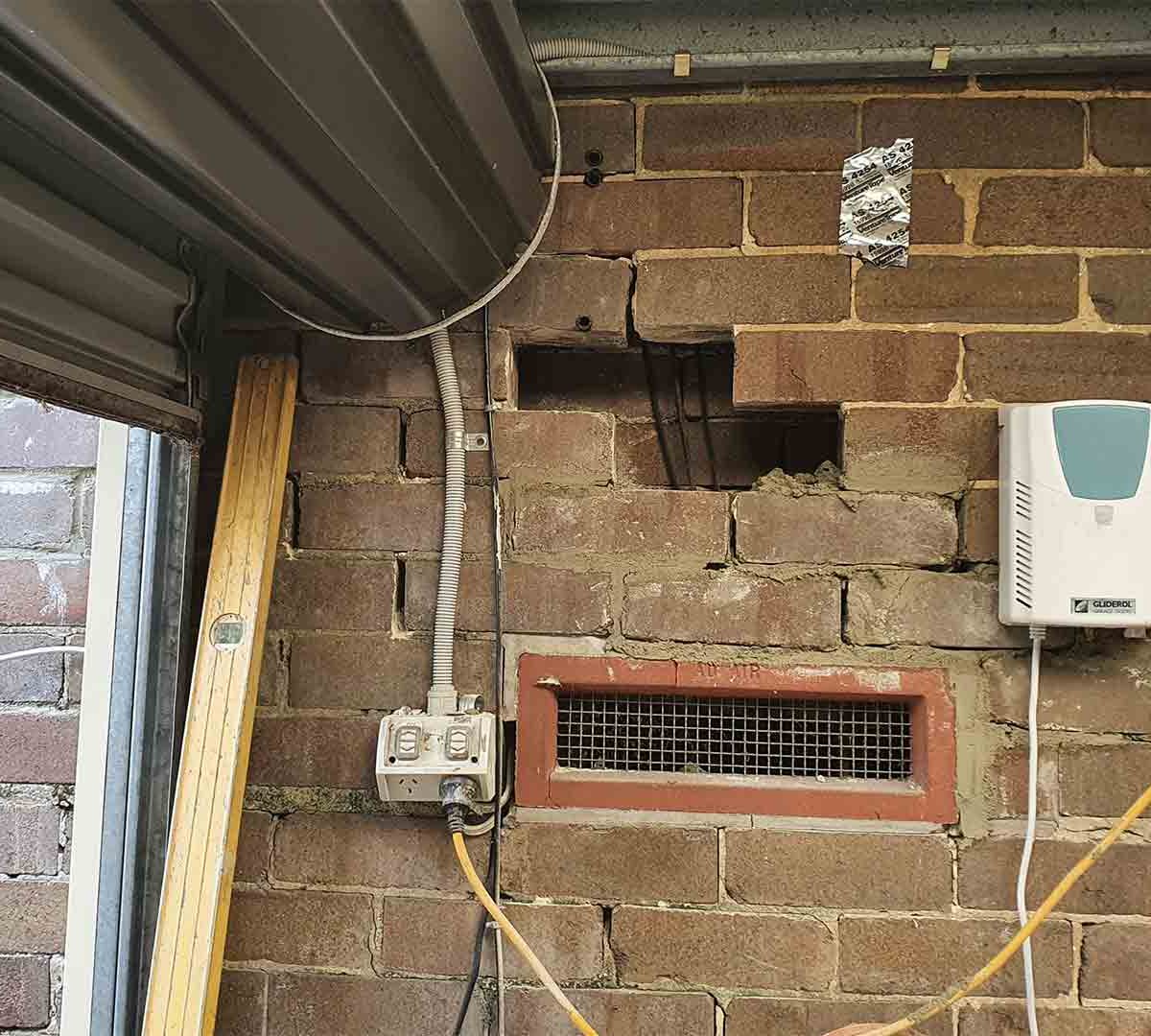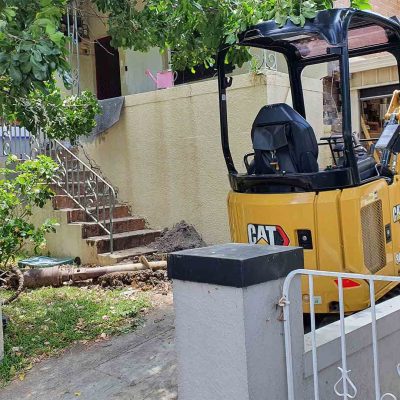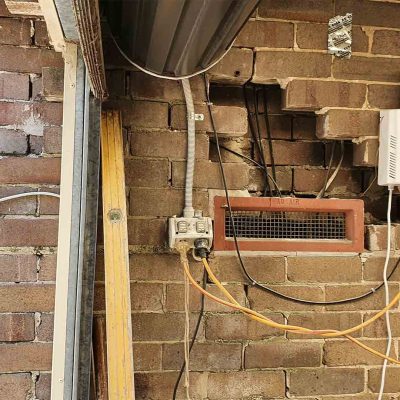Introduction
Retaining walls are essential structures that serve both functional and aesthetic purposes in landscaping and construction. The choice of materials for your retaining wall plays a significant role in determining its durability, appearance, and cost. In this blog, we will explore the pros and cons of some common materials used for building retaining walls.
- Concrete Blocks
Pros:
- Durability: Concrete blocks are known for their strength and resistance to weather, making them suitable for long-lasting retaining walls.
- Versatility: They come in various shapes, sizes, and colors, offering flexibility in design.
- Ease of Installation: Concrete blocks are relatively easy to install, making them a popular choice for DIY projects.
Cons:
- Appearance: Some may find the appearance of concrete blocks less visually appealing than other materials.
- Cost: While cost-effective for small to medium projects, concrete blocks can become expensive for larger walls.
- Brick
Pros:
- Timeless Aesthetic: Brick retaining walls offer a classic and timeless look that can enhance the overall appeal of a landscape.
- Durability: Well-constructed brick walls can be highly durable and require minimal maintenance.
Cons:
- Labor-Intensive: Bricklaying can be more labor-intensive than working with some other materials.
- Limited Shape and Color Options: While bricks come in various shades, their shape and size options are often more limited compared to concrete blocks.
- Natural Stone
Pros:
- Rustic Aesthetic: Natural stone walls provide a rugged, organic appearance, perfect for a rustic or natural-looking landscape.
- Durability: Stone is naturally durable and can withstand the elements for many years.
Cons:
- Cost: Natural stone retaining walls tend to be more expensive than other materials due to their labor-intensive installation process.
- Weight and Handling: Working with large stone pieces can be physically demanding and may require heavy machinery for placement.
- Timber
Pros:
- Natural Look: Timber retaining walls offer a warm and natural appearance, fitting well into eco-friendly and rustic landscapes.
- Ease of Handling: Timber is lightweight and easy to handle, simplifying installation.
Cons:
- Durability: Timber is susceptible to decay, which can reduce the lifespan of the retaining wall. To prolong its life, treated or rot-resistant timber must be used.
- Maintenance: Timber walls require regular maintenance, including staining and sealing, to protect against decay and insects.
- Gabion
Pros:
- Versatility: Gabion walls are incredibly flexible and can take on various shapes and sizes, making them suitable for a wide range of design concepts.
- Sustainability: They are an eco-friendly option, as they utilize natural stones or rocks as fill material.
- Permeability: Gabion walls allow water to pass through, reducing the risk of hydrostatic pressure.
Cons:
- Cost: Gabion retaining walls can be more expensive than some other options, depending on the type of fill material used.
- Maintenance: The stones in gabion walls may need occasional repositioning or replacement over time.
Conclusion
Choosing the right material for your retaining wall involves balancing factors like durability, aesthetics, cost, and maintenance. Each material has its own set of advantages and drawbacks. Therefore, it’s important to consider your project’s specific needs and your preferences before making a selection. Ultimately, the right choice of material will ensure that your retaining wall serves its purpose effectively and enhances the beauty of your landscape or construction project.



